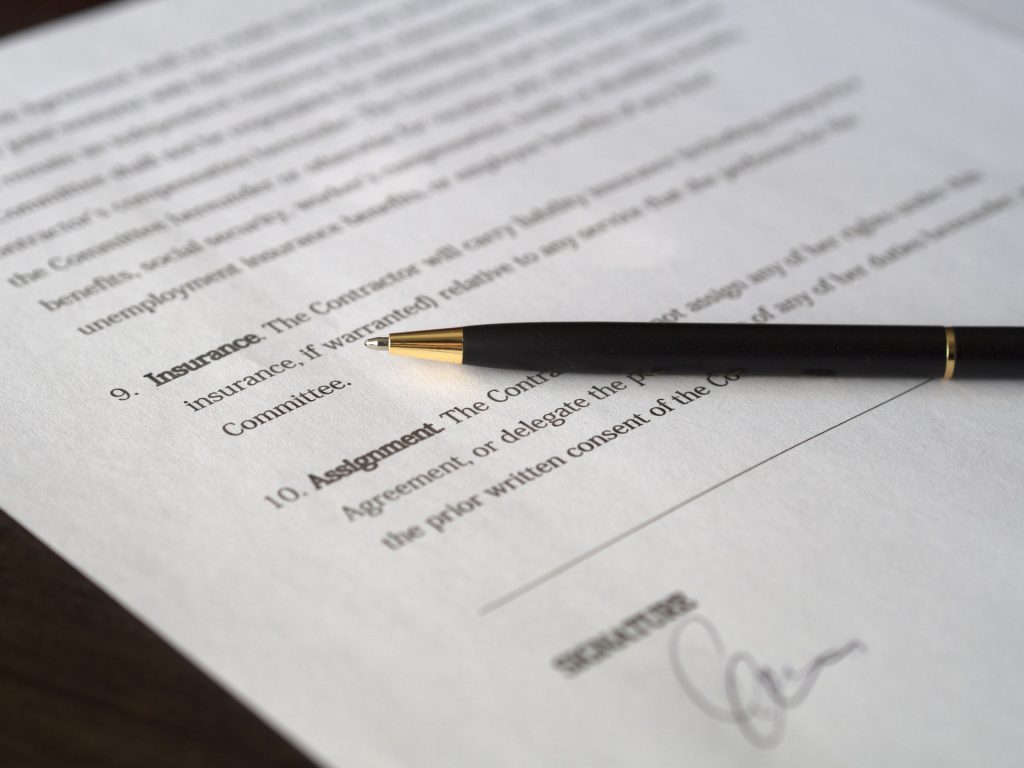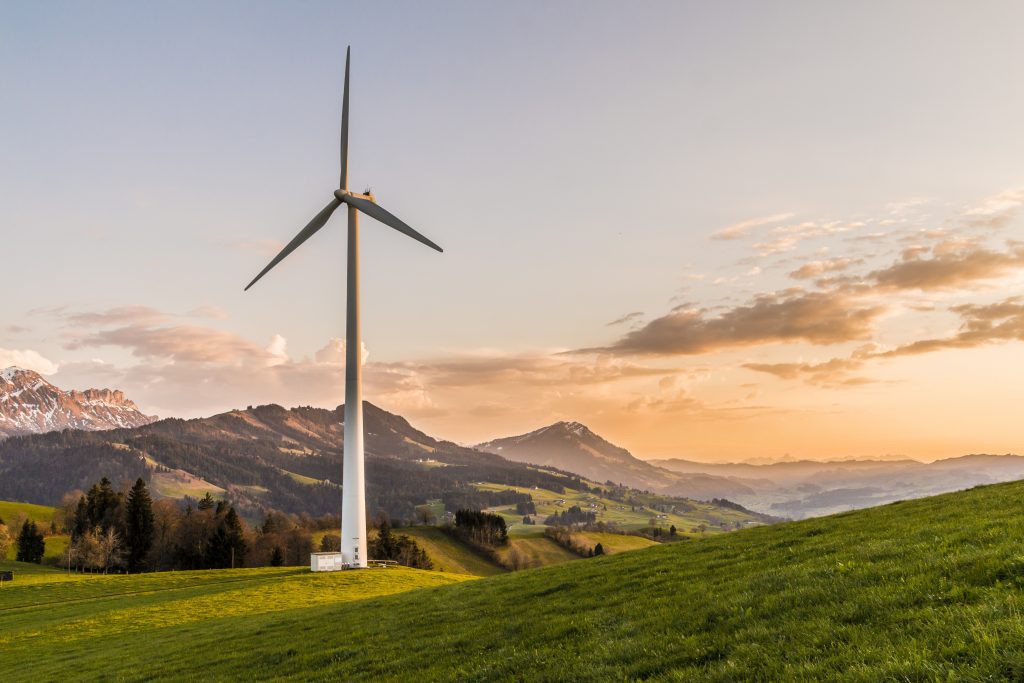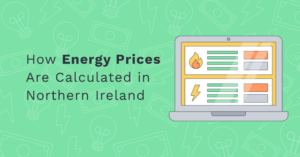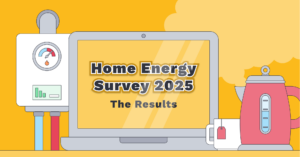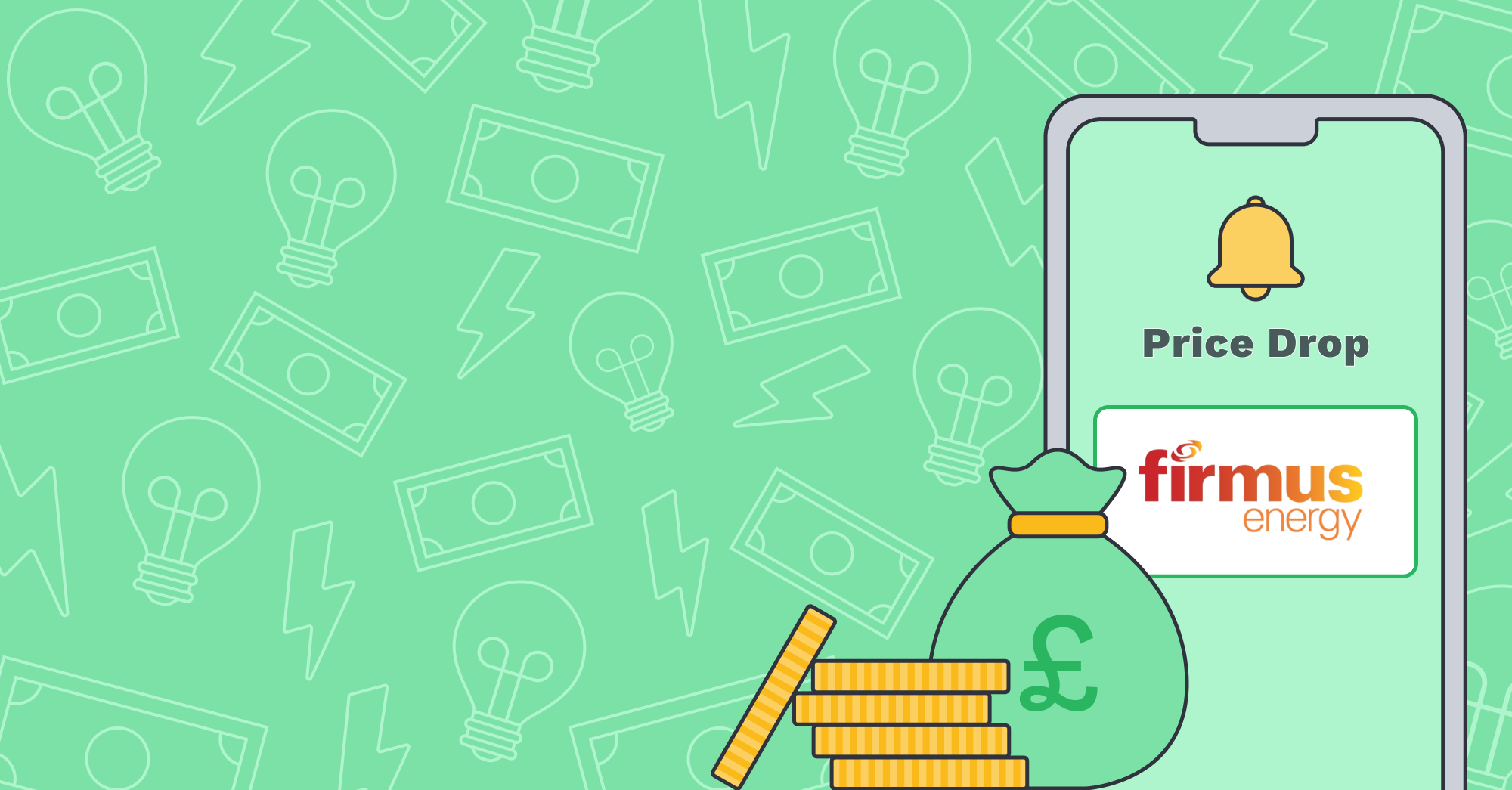Don’t know where to start when it comes to comparing energy tariffs? It can be confusing as different suppliers will have different tariff names, rates and terms. But there are a few main types of tariff – we have explained these in this blog which should help you when comparing deals.
Standard Rate Tariff
An energy supplier’s default tariff
A Standard Rate tariff is really a suppliers’ default tariff. It should be available on all payment methods and to both new and existing customers. Standard tariffs usually do not have an exit fee, contract term or fixed end date. But watch out for the cost: standard tariffs can often be the most expensive rate offered by your supplier.
If you have a fixed term contract (e.g. 1 or 2 years) then the standard tariff is the rate you will normally be placed on once the contract terms have ended. So to avoid a ‘bill shock’ make a note of when your deal comes to an end and move to a better deal before you are hit with the higher standard rate.
Variable Rate Tariff
A tariff rate that will track the market up or down
Prices on this type of tariff can go up or down according to the market. Variable tariffs can be cheap, but they do go up and down. This can be advantageous when energy prices are going down but you will pay more when they rise, so if you need to be sure of how much you will be paying for your energy, then you might prefer a fixed rate tariff.
Fixed Price Tariff
A fixed price until a defined end date
A fixed price tariff means that the price you pay for your energy is ‘locked in’ for the duration of the contract term. This will mean your unit rate will not change and can be a good option if you want certainty. However, these tariffs can often be more expensive – that’s the price you pay for certainty.
The tariff rate will remain ‘fixed’ (for 12 or 24 months, for example) regardless if the company announces price increases. Some fixed tariffs will have an exit fee if you leave before your contract end date.
Although you will benefit if prices increase by not facing higher rates the opposite will be true – you will not benefit from any price cuts whilst you are on a fixed tariff.
It is also important to remember when your fixed term ends as you will usually be placed onto the standard tariff rate which will likely be more expensive.
Prepayment tariffs (Pay as You Go/PAYG)
Pay for your energy before you use it
Prepayment tariffs (PAYG) are quite popular in Northern Ireland. Payment usually takes the form of ‘topping-up’ a card at a range of locations such as shops, post offices, paypoint and payzone outlets. Also a ‘top-up’ can be purchased by phone from the supplier, or increasingly on-line or via an App.
Paying upfront for energy on a prepayment meter means no unexpected bills – it can also help track and monitor your energy usage. Some suppliers provide a discount or lower tariff for PAYG customers. Sometimes you may run out of credit at an inconvenient time for example in the evening or weekend. Most suppliers provide an ’emergency credit’ so you will continue to be supplied with gas or electricity (e.g. £2 credit) allowing time for you to buy a top-up. The emergency credit is then repaid when you next top up (e.g. if you use up the emergency credit of £2 and then top up £10 you will have £8 credit remaining on your meter).
Green energy tariffs
Your supplier buys renewable energy on your behalf
In Ireland / Northern Ireland more of our electricity is coming from ‘green’ or renewable sources such as wind and solar. Increasingly suppliers are offering tariffs that are generated by renewable sources rather than traditional carbon sources such as coal, oil or gas.
If you wish to change to a renewable/green energy tariff you can do so easily. Simply choose a green tariff from an energy supplier or choose an energy supply that supplies from 100% renewable sources.
Economy 7 tariffs
Pay less for electricity at night
Economy 7 tariffs used to be more popular but less than 5 percent of homes remain on these tariffs. Economy 7 tariffs work by offering cheaper electricity at night, making them suitable for those working shifts, or who use a lot of electricity at night time. The ‘7’ stands for the seven hours that the cheaper electricity is available, usually between midnight and 7am (or thereabouts).
As a general rule of thumb you need to use at least 50% of your electricity at night to make this tariff worthwhile so it is not the best tariff for most people.
Economy 7 tariffs are not included as part of the Power to Switch comparison given so few people use this tariff and it requires personal considerations around lifestyle, time of energy use etc. Details of Economy 7 tariffs are available directly from the electricity supplier websites.
What should you do?
Firstly, you should find out what tariff and unit rate you are currently on. There can be up to £118 difference between the cheapest and most expensive deal with your supplier so making sure you’re on the best deal is important. If you have any problems finding this then get in touch with your supplier who will be able to confirm these details.
If you think you can find a cheaper tariff, and typically, you can, you can explore different tariffs through Power to Switch to guarantee that you are getting the best deal for your energy needs.

